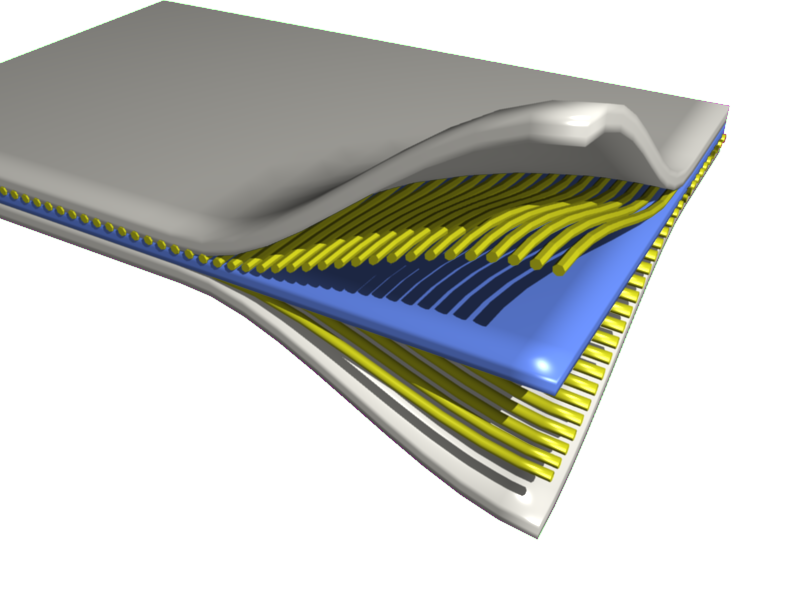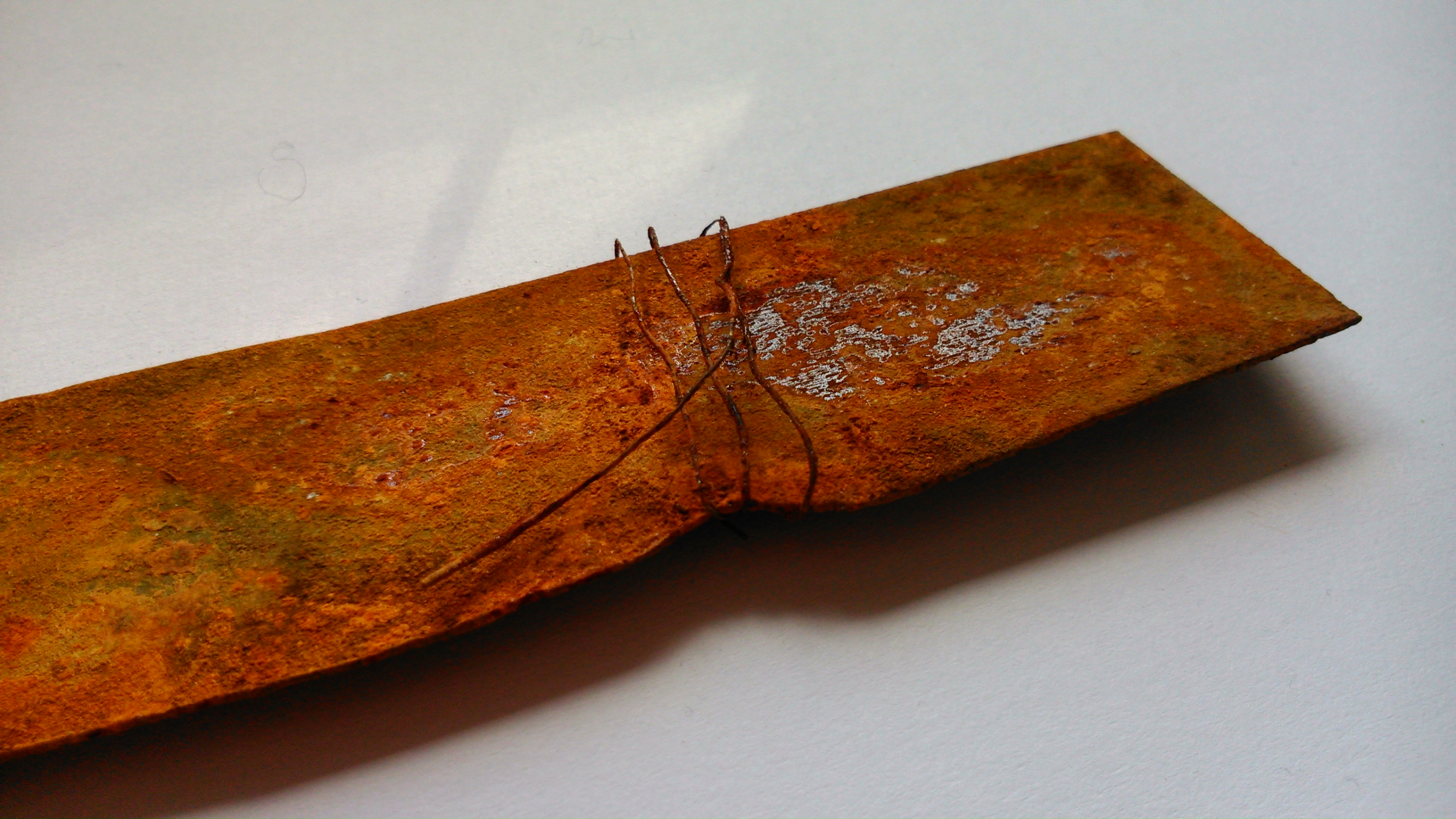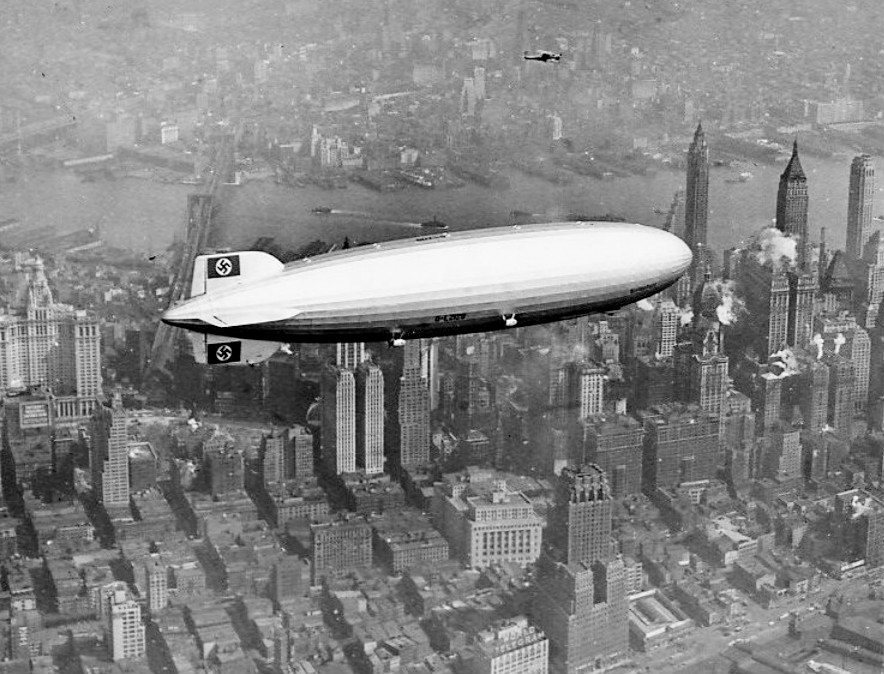|
Dope (aircraft)
Aircraft dope is a plasticised lacquer that is applied to fabric-covered aircraft. It tightens and stiffens fabric stretched over airframes, which renders them airtight and weatherproof, increasing their durability and lifespan.Crane, Dale: ''Dictionary of Aeronautical Terms, third edition'', page 170. Aviation Supplies & Academics, 1997. The technique has been commonly applied to both full-size and flying models of aircraft. Attributes Doping techniques have been employed in aircraft construction since the dawn of heavier-than-air flight; the fabric of the ground-breaking Wright Flyer had benefitted from doping, as did many of the aircraft that soon followed. Without the application of dope, fabric coverings lacked durability while being highly flammable, both factors rendering them far less viable. By the 1910s, a wide variety of doping agents had entered widespread use while entirely original formulas were being regularly introduced in the industry. Typical doping agents i ... [...More Info...] [...Related Items...] OR: [Wikipedia] [Google] [Baidu] |
RAF2699
The Royal Air Force (RAF) is the Air force, air and space force of the United Kingdom, British Overseas Territories and Crown Dependencies. It was formed towards the end of the World War I, First World War on 1 April 1918, on the merger of the Royal Flying Corps (RFC) and the Royal Naval Air Service (RNAS). Following the Allies of World War I, Allied victory over the Central Powers in 1918, the RAF emerged as the largest air force in the world at the time. Since its formation, the RAF has played History of the Royal Air Force, a significant role in Military history of the United Kingdom, British military history. In particular, during the Second World War, the RAF established Air supremacy, air superiority over Nazi Germany's Luftwaffe during the Battle of Britain, and led the Allied strategic bombing effort. The RAF's mission is to support the objectives of the British Ministry of Defence (United Kingdom), Ministry of Defence (MOD), which are to "provide the capabilities nee ... [...More Info...] [...Related Items...] OR: [Wikipedia] [Google] [Baidu] |
Composite Material
A composite or composite material (also composition material) is a material which is produced from two or more constituent materials. These constituent materials have notably dissimilar chemical or physical properties and are merged to create a material with properties unlike the individual elements. Within the finished structure, the individual elements remain separate and distinct, distinguishing composites from mixtures and solid solutions. Composite materials with more than one distinct layer are called ''composite laminates''. Typical engineered composite materials are made up of a binding agent forming the ''matrix'' and a Filler (materials), filler material (particulates or fibres) giving ''substance'', e.g.: * Concrete, reinforced concrete and masonry with cement, lime or Mortar (masonry), mortar (which is itself a composite material) as a binder * Composite wood such as glulam and plywood with wood glue as a binder * Reinforced plastics, such as fiberglass and fibre-rein ... [...More Info...] [...Related Items...] OR: [Wikipedia] [Google] [Baidu] |
Aeroelastic Flutter
Aeroelasticity is the branch of physics and engineering studying the interactions between the inertial, elastic, and aerodynamic forces occurring while an elastic body is exposed to a fluid flow. The study of aeroelasticity may be broadly classified into two fields: ''static aeroelasticity'' dealing with the static or steady state response of an elastic body to a fluid flow, and ''dynamic aeroelasticity'' dealing with the body's dynamic (typically vibrational) response. Aircraft are prone to aeroelastic effects because they need to be lightweight while enduring large aerodynamic loads. Aircraft are designed to avoid the following aeroelastic problems: # divergence where the aerodynamic forces increase the twist of a wing which further increases forces; # control reversal where control activation produces an opposite aerodynamic moment that reduces, or in extreme cases reverses, the control effectiveness; and # flutter which is uncontained vibration that can lead to the destr ... [...More Info...] [...Related Items...] OR: [Wikipedia] [Google] [Baidu] |
Wittman Tailwind
The Wittman Tailwind is a popular two-seat light aircraft for homebuilding. It is a high-wing, braced cabin monoplane of taildragger configuration. It is constructed with a steel tubing fuselage, wood wings, and fabric covering. It offers exceptional cruising speeds and is economical to operate and maintain. Design and development The Tailwind is the third in a series of high-wing aircraft designed by Sylvester J. "Steve" Wittman (1904–1995), a well-known air racing pilot and race plane designer, who also played an important role in the emergence of homebuilt aircraft with the Wittman Tailwind and other designs in the United States. The first, the Wittman Buttercup two-seater, and later the Wittman Big X four-seater, which was bought by Cessna to use its spring steel landing gear. The Tailwind also inspired the last iteration, the O and O Special. A model of the 1965 Wittman Tailwind may be found in the Sun 'n Fun Museum. Wittman developed the C-85 powered "Flying Carpet ... [...More Info...] [...Related Items...] OR: [Wikipedia] [Google] [Baidu] |
Steve Wittman
Sylvester Joseph "Steve" Wittman (April 5, 1904 – April 27, 1995) was an American air-racer and aircraft engineer. An illness in Wittman's infancy claimed most of his vision in one eye, which convinced him from an early age that his dream of flying was unattainable. However, he learned how to fly in 1924 in a Standard J-1 and built his first aircraft, the Harley-powered "Hardly Abelson" in late 1924. From 1925 to 1927, he had his own flying service, offering joyrides, and during this time also became a demonstration and test pilot for The Pheasant Aircraft Company and the Dayton Aircraft Company, flying the Pheasant H-10 in multiple events. He also began his air-racing career, flying his first race in 1926 at a Milwaukee event in his J-1. After competing in his first transcontinental air race from New York to Los Angeles in 1928, he attained a medical waiver on his eyesight and received his pilot's certificate soon after (signed by Orville Wright).Wisconsin Aviation ... [...More Info...] [...Related Items...] OR: [Wikipedia] [Google] [Baidu] |
Homebuilt Aircraft
Homebuilt aircraft, also known as amateur-built aircraft or kit planes, are constructed by persons for whom this is not a professional activity. These aircraft may be constructed from "scratch", from plans, or from assembly kits.Armstrong, Kenneth: ''Choosing Your Homebuilt - the one you will finish and fly! Second Edition'', pp. 39–52. Butterfield Press, 1993. Peter M Bowers: ''Guide to Homebuilts - Ninth Edition''. TAB Books, Blue Ridge Summit PA, 1984. Overview In the United States, Brazil, Australia, New Zealand and South Africa, homebuilt aircraft may be licensed Experimental aircraft, Experimental under Federal Aviation Administration, FAA or similar local regulations. With some limitations, the builder(s) of the aircraft must have done it for their own education and recreation rather than for profit. In the U.S., the primary builder can also apply for a repairman's certificate for that airframe. The repairman's certificate allows the holder to perform and sign off on m ... [...More Info...] [...Related Items...] OR: [Wikipedia] [Google] [Baidu] |
Cellulose Acetate Butyrate
Cellulose acetate butyrate (CAB) is a mixed ester thermoplastic derivative of cellulose acetate that contains both acetate and butyrate functional groups. It has improved weathering resistance and lower moisture absorption compared to cellulose acetate. The exact properties of a CAB compound is determined by the composition of butyrate vs acetate functional groups. CAB is commonly used as a binder or additive in coatings. CAB is widely used for tool handles, due to its toughness and resistance to oil and gasoline. Tools with CAB handles can begin to outgas unpleasant butyric acid Butyric acid (; from , meaning "butter"), also known under the systematic name butanoic acid, is a straight-chain alkyl carboxylic acid with the chemical formula . It is an oily, colorless liquid with an unpleasant odor. Isobutyric acid (2-met ... odors with age, which one manufacturer combats by adding vanilla scent to the plastic. Another usage of CAB is the production of rigid gas-permeable conta ... [...More Info...] [...Related Items...] OR: [Wikipedia] [Google] [Baidu] |
Iron Oxide
An iron oxide is a chemical compound composed of iron and oxygen. Several iron oxides are recognized. Often they are non-stoichiometric. Ferric oxyhydroxides are a related class of compounds, perhaps the best known of which is rust. Iron oxides and oxyhydroxides are widespread in nature and play an important role in many geological and biological processes. They are used as iron ores, pigments, catalysts, and in thermite, and occur in hemoglobin. Iron oxides are inexpensive and durable pigments in paints, coatings and colored concretes. Colors commonly available are in the " earthy" end of the yellow/orange/red/brown/black range. When used as a food coloring, it has E number E172. Stoichiometries Iron oxides feature as ferrous ( Fe(II)) or ferric ( Fe(III)) or both. They adopt octahedral or tetrahedral coordination geometry. Only a few oxides are significant at the earth's surface, particularly wüstite, magnetite, and hematite. * Oxides of FeII ** FeO: ir ... [...More Info...] [...Related Items...] OR: [Wikipedia] [Google] [Baidu] |
Addison Bain
Addison Bain (September 23, 1935 – January 22, 2025) was an American NASA scientistPBS interview Expert Interview) and founding member of the National Hydrogen Association who is credited with postulating the Incendiary Paint Theory (IPT), which posits that the was caused by the electrical ignition of lacquer- and metal-based paints used on the outer hull of the airship. Thus Bain believes that the hydro ... [...More Info...] [...Related Items...] OR: [Wikipedia] [Google] [Baidu] |
Incendiary Paint Theory
The ''Hindenburg'' disaster was an airship accident that occurred on May 6, 1937, in Manchester Township, New Jersey, United States. The LZ 129 ''Hindenburg'' (; Registration: D-LZ 129) was a German commercial passenger-carrying rigid airship, the lead ship of the ''Hindenburg'' class, the longest class of flying machine and the largest airship by envelope volume."Hindenburg Statistics." airships.net, 2009. Retrieved: July 22, 2017. It was designed and built by the Zeppelin Company ( ''Luftschiffbau Zeppelin GmbH'') and operated by the German Zeppelin Airline Company ('' |
LZ 129 Hindenburg
LZ 129 ''Hindenburg'' (; Aircraft registration, Registration: D-LZ 129) was a German commercial passenger-carrying rigid airship, the lead ship of Hindenburg class airship, its class, the longest class of flying machine and the largest airship by envelope volume. It was designed and built by the Zeppelin Company (Luftschiffbau Zeppelin, ''Luftschiffbau Zeppelin GmbH'') on the shores of Lake Constance in Friedrichshafen, Germany, and was operated by the German Zeppelin Airline Company (''Deutsche Zeppelin-Reederei''). It was named after Field Marshal Paul von Hindenburg, who was President of Germany (1919–1945), President of Germany from 1925 until his death in 1934. The airship first flew from March 1936 as a #Die_Deutschlandfahrt, Nazi propaganda vessel until it Hindenburg disaster, burst into flames 14 months later on May 6, 1937, while attempting to land at Naval Air Engineering Station Lakehurst, Lakehurst Naval Air Station in Manchester Township, New Jersey, at the end ... [...More Info...] [...Related Items...] OR: [Wikipedia] [Google] [Baidu] |
Airship
An airship, dirigible balloon or dirigible is a type of aerostat (lighter-than-air) aircraft that can navigate through the air flying powered aircraft, under its own power. Aerostats use buoyancy from a lifting gas that is less dense than the surrounding air to achieve the lift (physics), lift needed to stay airborne. In early dirigibles, the lifting gas used was hydrogen gas, hydrogen, due to its high lifting capacity and ready availability, but the inherent flammability led to several fatal accidents that rendered hydrogen airships obsolete. The alternative lifting gas, helium gas is not flammable, but is rare and relatively expensive. Significant amounts were first discovered in the United States and for a while helium was only available for airship usage in North America. Most airships built since the 1960s have used helium, though some have used thermal airship, hot air. The envelope of an airship may form the gasbag, or it may contain a number of gas-filled cells. An air ... [...More Info...] [...Related Items...] OR: [Wikipedia] [Google] [Baidu] |








